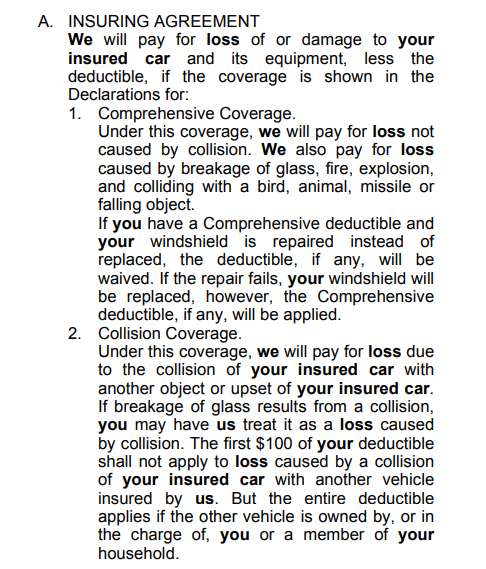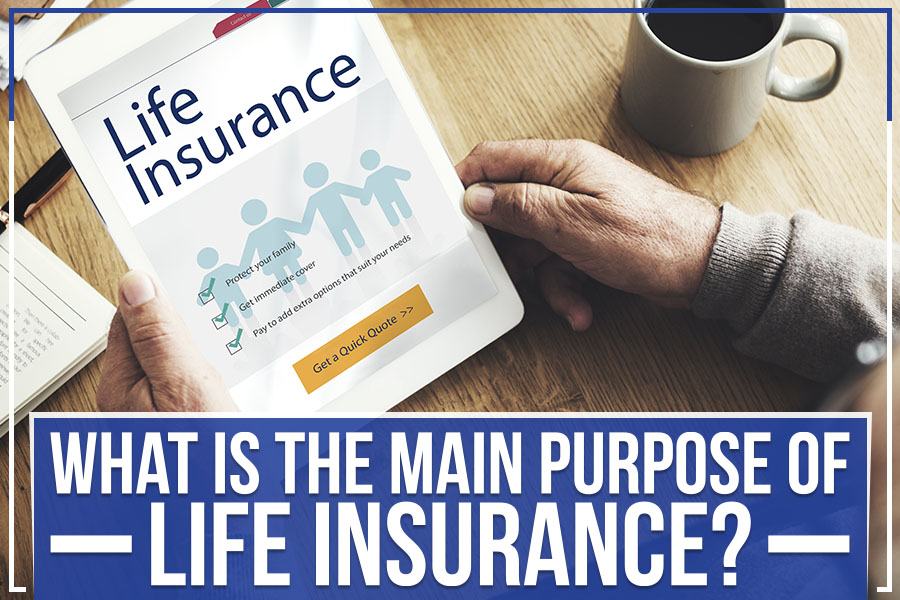Pacific Prime Things To Know Before You Get This
Table of ContentsGet This Report about Pacific PrimeThe Basic Principles Of Pacific Prime Everything about Pacific PrimeGetting My Pacific Prime To WorkThe 25-Second Trick For Pacific Prime

This is since the data were gathered for a duration of strong financial efficiency. Of the estimated 42 million individuals who were uninsured, almost concerning 420,000 (concerning 1 percent) were under 65 years old, the age at which most Americans come to be qualified for Medicare; 32 million were adults in between ages 18 and 65, around 19 percent of all adults in this age; and 10 million were kids under 18 years old, regarding 13.9 percent of all youngsters (Mills, 2000).
These quotes of the variety of individuals without insurance are produced from the annual March Supplement to the Present Population Study (CPS), performed by the Demographics Bureau. Unless or else noted, national price quotes of individuals without medical insurance and proportions of the populace with different kinds of protection are based on the CPS, the most extensively used resource of price quotes of insurance policy coverage and uninsurance prices.
How Pacific Prime can Save You Time, Stress, and Money.

Still, the CPS is particularly beneficial due to the fact that it creates yearly estimates reasonably rapidly, reporting the previous year's insurance policy protection approximates each September, and because it is the basis for a consistent set of estimates for greater than twenty years, enabling for evaluation of fads in protection in time. For these reasons, in addition to the comprehensive use the CPS in various other studies of insurance policy coverage that are offered in this record, we count on CPS quotes, with limitations kept in mind.

The quote of the number of without insurance people increases when a population's insurance standing is tracked for a number of years. Over a three-year duration beginning early in 1993, 72 million individuals, 29 percent of the U.S. https://www.webtoolhub.com/profile.aspx?user=42386420. populace, lacked coverage for a minimum of one month. Within a solitary year (1994 ), 53 million individuals experienced at least a month without insurance coverage (Bennefield, 1998a)
Six out of every 10 without insurance grownups are themselves utilized. Although working does enhance the possibility that and one's household participants will have insurance, it is not a guarantee. Also members of family members with two full-time breadwinner have practically a one-in-ten chance of being without insurance (9.1 percent uninsured rate) (Hoffman and Pohl, 2000).
Some Known Incorrect Statements About Pacific Prime
New immigrants make up a substantial percentage of individuals without health insurance. One evaluation has actually connected a significant part of the current growth in the size of the united state uninsured population to immigrants who showed up in the country in between 1994 and 1998 (Camarota and Edwards, 2000). Current immigrants (those who pertained to the United States within the previous four years) do have a high rate of being uninsured (46 percent), however they and their youngsters account for just 6 percent of those without insurance policy across the country (Holahan et al., 2001).
The connection in between health insurance policy and access to care is well developed, as recorded later in this chapter. The partnership in between wellness insurance policy and wellness end results is neither straight neither straightforward, a considerable clinical and health and wellness solutions research study literature links health and wellness insurance policy coverage to improved accessibility to care, much better high quality, and improved individual and populace health and wellness status.
Degrees of evaluation for checking out the impacts of uninsurance. This conversation of wellness insurance protection concentrates mainly on the united state population under age 65 because virtually all Americans 65 and older have Medicare or various other public coverage. It focuses especially on those without any type of health insurance policy for any type of length of time.
The Single Strategy To Use For Pacific Prime
The issues dealt with by the underinsured are in some respects comparable to those encountered by the uninsured, although they are typically less extreme. Health and wellness insurance coverage, nevertheless, is neither required nor enough to get access to medical services. The independent and direct impact of health insurance policy coverage on access to wellness services is well established.
Others will acquire the health care they require also without medical insurance, by paying for it out of pocket check it out or seeking it from service providers that offer care totally free or at very subsidized rates. For still others, wellness insurance coverage alone does not guarantee invoice of care as a result of other nonfinancial obstacles, such as a lack of health treatment suppliers in their neighborhood, limited accessibility to transportation, illiteracy, or etymological and cultural distinctions.
The 6-Minute Rule for Pacific Prime
Official research study regarding without insurance populations in the United States dates to the late 1920s and early 1930s when the Board on the Expense of Healthcare produced a series of reports about financing medical professional office visits and hospitalizations. This concern came to be salient as the numbers of clinically indigent climbed up throughout the Great Depression.